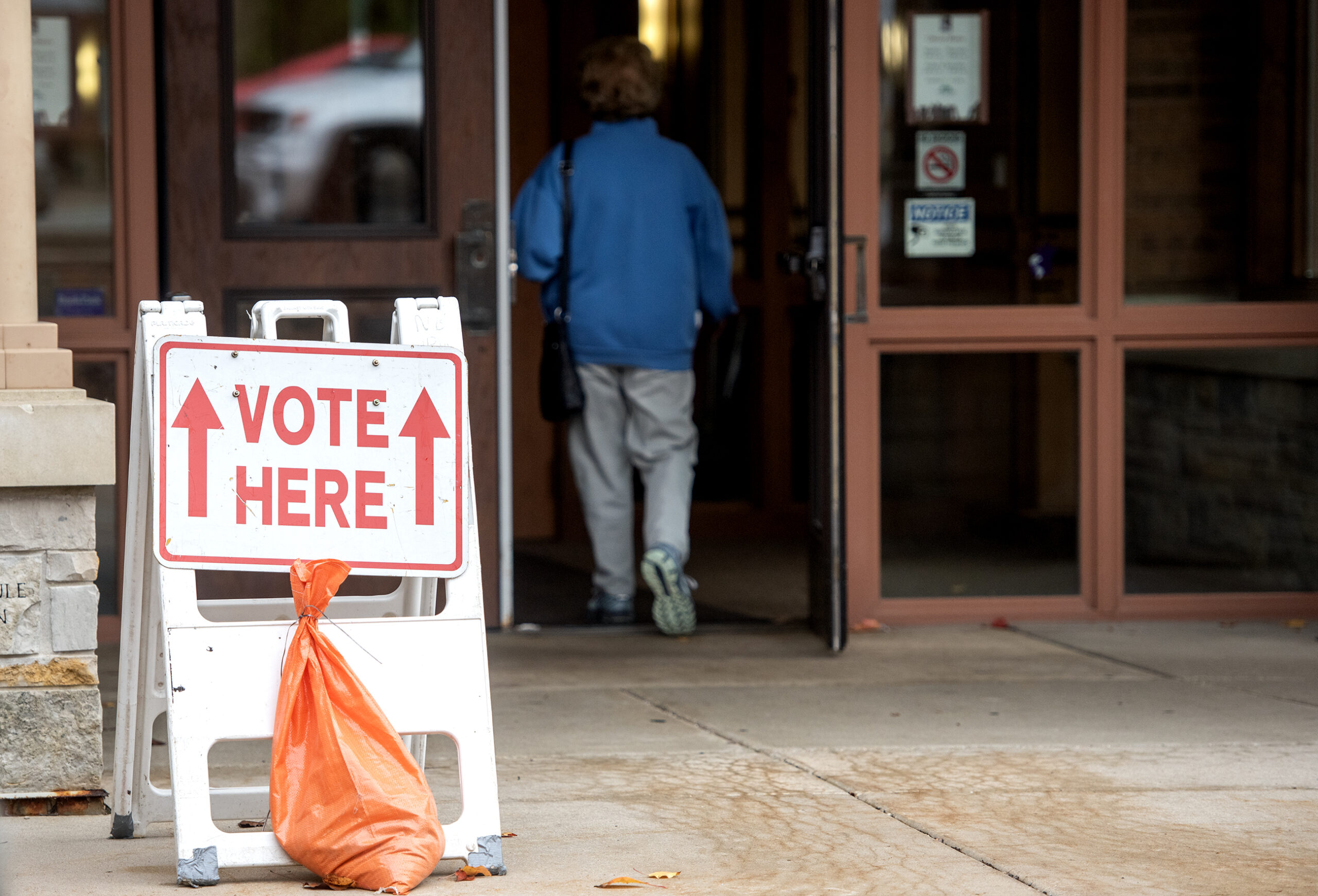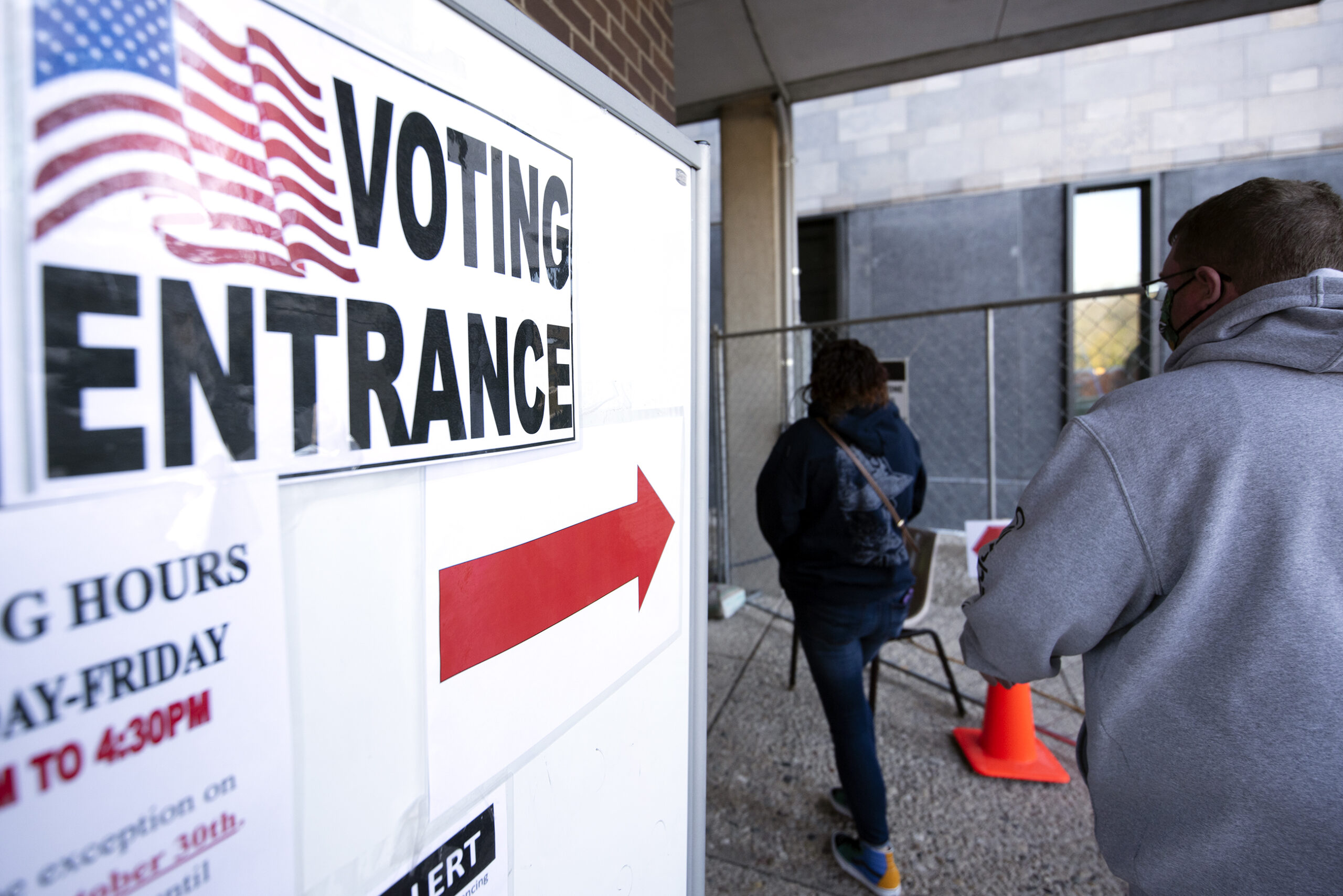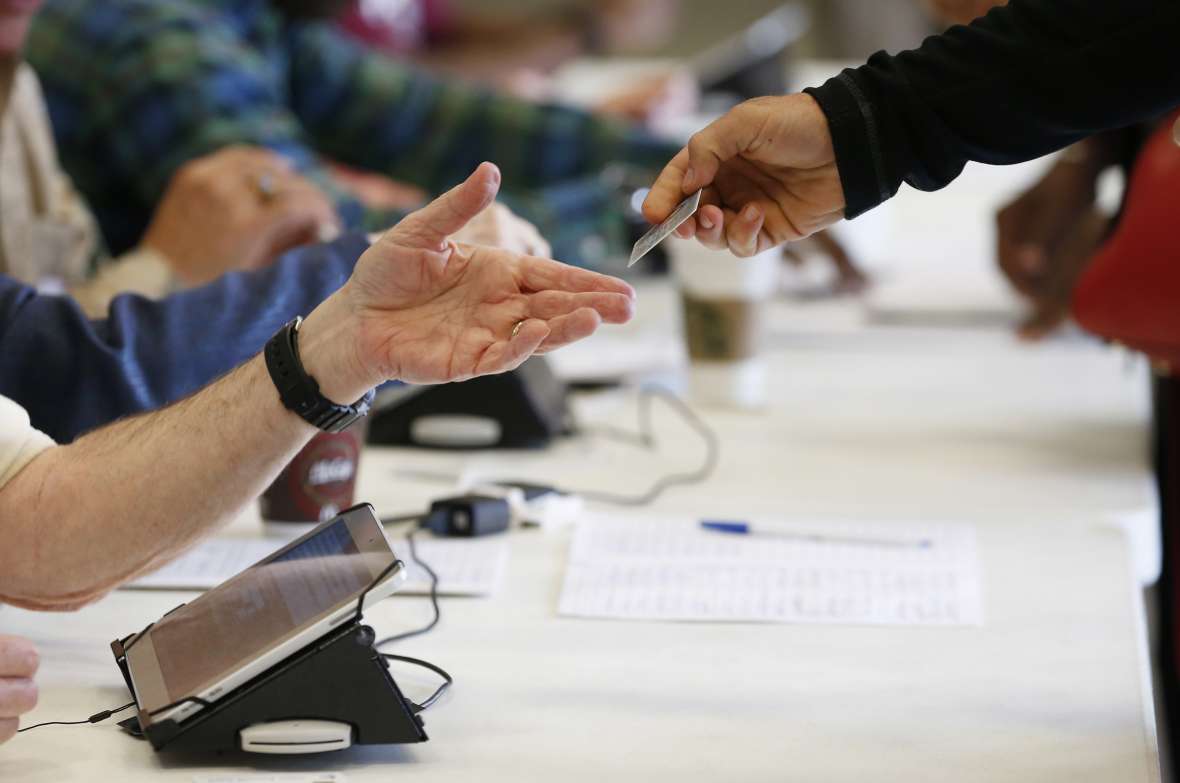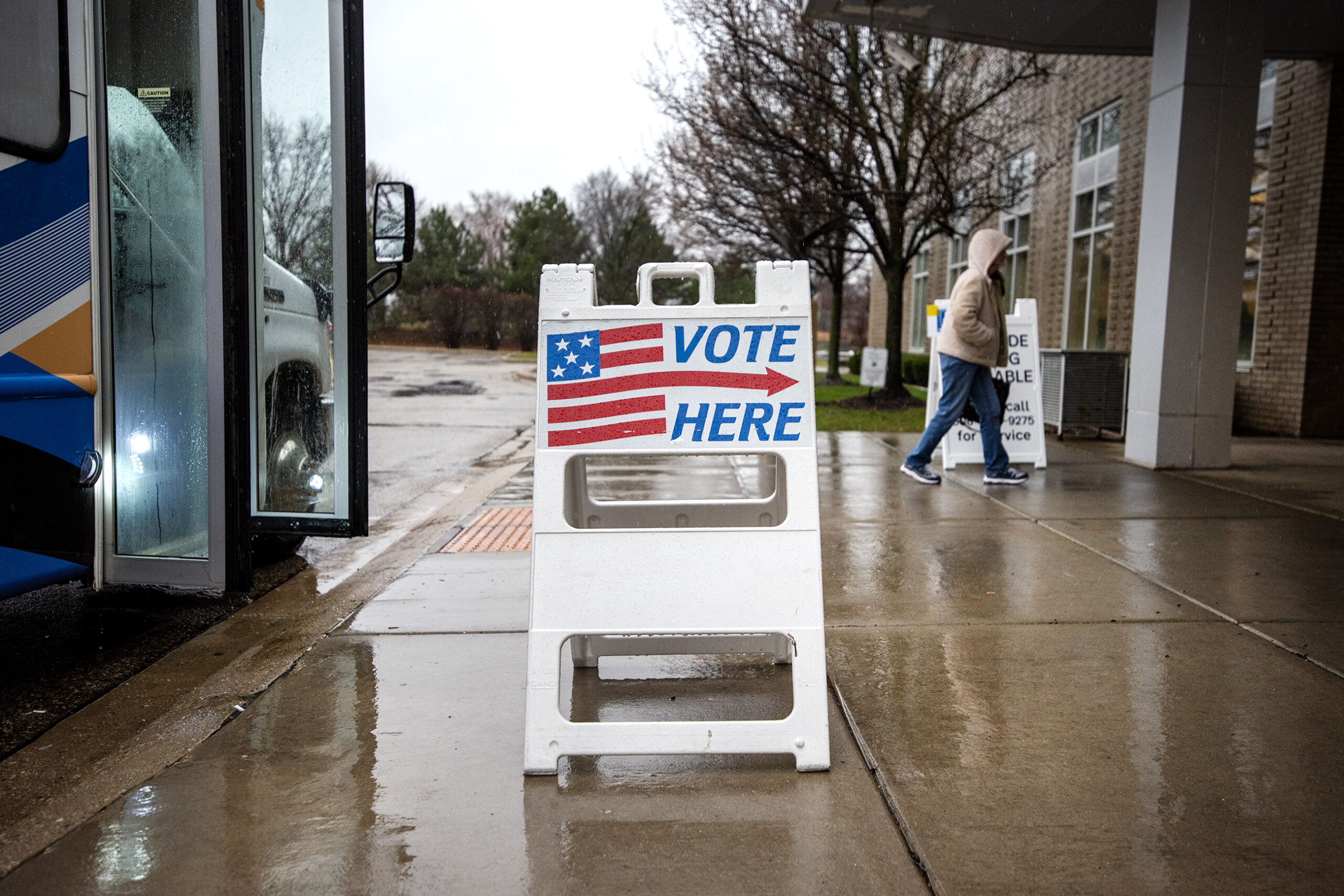Wisconsinites are casting ballots in a spring 2025 election that includes a closely-watched state Supreme Court race.
Here’s what you need to know before you vote.
Where and when can I vote?
Stay informed on the latest news
Sign up for WPR’s email newsletter.
Polls are open from 7 a.m. to 8 p.m. Tuesday. If you’re in line by 8 p.m., you get to vote.
Click here to find your polling place.
How do I return my absentee ballot?
Absentee ballots must be received no later than 8 p.m. on election day.
That means it’s now too late to put that ballot in the mail. But you can still drop it off at your local clerk’s office, polling place or central count location before the deadline.
In some communities, drop boxes are another option for returning absentee ballots.
What do I need to vote?
Wisconsin law requires voters to show an acceptable form of photo ID, like a passport, Wisconsin driver’s license or a free state ID card. Some, but not all, student IDs are also accepted.
If you’re registering to vote, you’ll also need to show proof of address.
Click here to see whether you’re already registered.
If you show up at the polls without an acceptable photo ID, you can cast a provisional ballot. Then, you’ll have until 4 p.m. on the Friday after election day to show up your local clerk’s office with the required documentation.
Is it too late to register to vote?
It’s not too late. Wisconsin offers same-day voter registration, so you can register at the polls until 8 p.m. on election day.
What’s on my ballot?
Visit myvote.wi.gov to preview what will be on your ballot.
And check out WPR’s candidate guide to the Wisconsin Supreme Court and state superintendent races.
What should I know about the Wisconsin Supreme Court race?
The winner of the April 1 contest will replace retiring Justice Ann Walsh Bradley for a 10-year term on the state’s highest court.
Although the race is officially nonpartisan, Dane County Judge Susan Crawford is backed by Democrats while Waukesha County Judge Brad Schimel, a former Wisconsin attorney general, is backed by Republicans.
That outcome will determine whether liberal justices keep or lose their 4-3 majority on a court that regularly hears on cases on contentious issues, including political redistricting, labor rights and abortion.
The race has already smashed fundraising records while attracting millions of dollars from out-of-state billionaires.
What’s a state superintendent and who’s running in Wisconsin?
Under Wisconsin law, the state superintendent oversees Wisconsin’s education department, known as the Department of Public Instruction.
That department has more than 500 employees, and its duties include giving out state and federal grants. It’s also tasked with overseeing libraries, special education services and federal school lunch programs.
And, under a role set by the Legislature, the superintendent is charged with creating academic standards and learning targets.
While the superintendent race is officially nonpartisan, incumbent Jill Underly is backed by Democrats and challenger Brittany Kinser is backed by Republicans.
What about Wisconsin’s referendum on voter ID and the state constitution?
Under a 2011 Wisconsin law, residents are already required to show an acceptable form of photo ID when they vote.
But, if it’s approved by a majority of voters on Tuesday, a Republican-backed measure would cement those requirements in the state constitution.
Compared to amending a state law, undoing something in the state constitution is a much more lengthy and difficult process. And a constitutional amendment could protect voter ID requirements from future legal challenges.
GOP sponsors of the changes say voter ID increases confidence in elections. But critics say such requirements make it harder to vote and are more likely to disenfranchise certain groups, including older voters, people with disabilities and low-income Wisconsinites.
Wisconsin Public Radio, © Copyright 2025, Board of Regents of the University of Wisconsin System and Wisconsin Educational Communications Board.





